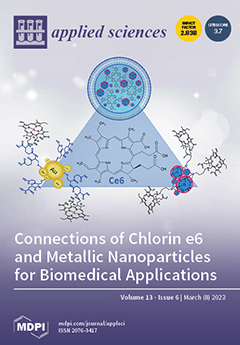Background: With digital transformation and growing social media usage, kids spend considerable time on the web, especially watching videos on YouTube. YouTube is a source of education and entertainment media that has a significant impact on the skill improvement, knowledge, and attitudes
[...] Read more.
Background: With digital transformation and growing social media usage, kids spend considerable time on the web, especially watching videos on YouTube. YouTube is a source of education and entertainment media that has a significant impact on the skill improvement, knowledge, and attitudes of children. Simultaneously, harmful and inappropriate video content has a negative impact. Recently, researchers have given much attention to these issues, which are considered important for individuals and society. The proposed methods and approaches are to limit or prevent such threats that may negatively influence kids. These can be categorized into five main directions. They are video rating, parental control applications, analysis meta-data of videos, video or audio content, and analysis of user accounts.
Objective: The purpose of this study is to conduct a systematic review of the existing methods, techniques, tools, and approaches that are used to protect kids and prevent them from accessing inappropriate content on YouTube videos.
Methods: This study conducts a systematic review of research papers that were published between January 2016 and December 2022 in international journals and international conferences, especially in IEEE Xplore Digital Library, ACM Digital Library, Web of Science, Google Scholar, Springer database, and ScienceDirect database.
Results: The total number of collected articles was 435. The selection and filtration process reduced this to 72 research articles that were appropriate and related to the objective. In addition, the outcome answers three main identified research questions.
Significance: This can be beneficial to data mining, cybersecurity researchers, and peoples’ concerns about children’s cybersecurity and safety.
Full article





